Attract your ideal customer Content Marketing Strategy Simple sales system
One of the main concerns that I hear from clients when we work on the email marketing aspect of their launch campaign strategy is that they don’t like launching because they’re worried about annoying their list.
No matter how big your list is, it’s a great instinct to keep your customer’s feelings in mind. Your list is made up of real people who had a YES! moment when they arrived at your website. Something resonated with them, or they found a freebie that met their needs, so they signed up to hear more from you.f
If you want to move beyond their first “yes” to a deeper relationship that lasts, you need to connect with visitors and your subscribers in a deeper way. And that means going beyond publishing quick informational blog posts that will do well on Pinterest. It means telling a story.
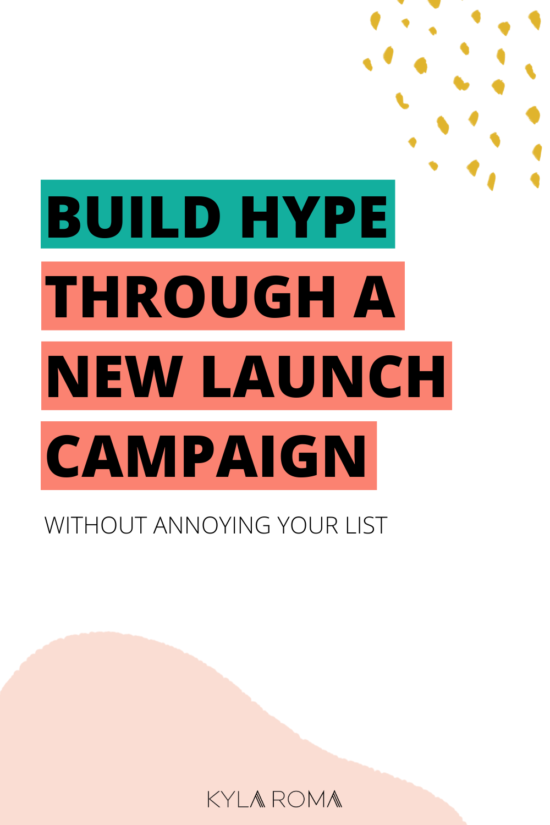
Annoying launches are just reminders to buy. Thoughtful launches build hype, drive sales and create long-term customers.
Since you’ve already worked to get the attention of your subscribers, today’s post shares how to choose email topics for a launch campaign that tell a story and create real, juicy conversation around your work.
1. Challenge your customer’s assumptions
We all make assumptions based on our experience, perspective, and situation. The people on your list are no different, and some of their assumptions are probably holding them back. As an expert, you can challenge their assumptions, change their perspective, and improve their results.
To get started, ask yourself a few questions like:
- What are the common myths and misunderstandings in my industry?
- Where do I see common mistakes most often with new clients? What assumptions lead to these mistakes?
- What fears hold my clients back and keep them from taking action?
Then make a list of possible assumptions that people in your audience make, pick the most powerful one and write an email to set them straight!
Present your opinion, share evidence, and call out the things you see keeping your people stuck. Inspire your audience to grow by pushing them to move past their assumptions. They’ll remember you as their gateway to new insight and better results.
2. Fill knowledge gaps to create ideal customers
As an expert in your area, you gained valuable insight after experimentation, failure, and adjustment. Your audience is drawn to you (at least in part) because your insight can help them succeed. You know how to solve the problems that have them stumped, and they know it. To build loyalty and relationship with your readers, share what you wish all your customers knew or did before they came to you.
To get started, ask yourself:
- If I was speaking to my ideal customer, what would they already know before our conversation?
- What does my ideal customer discover through my work? What are their ah-ha moments?
- To get the most value out of our work together, what actions would my ideal customer have already taken before we worked together?
- What are my ideal customer’s concerns and questions about this product or service? What information are they missing?
Your answers to these questions are vital parts of your launch campaign story that provides value to your ideal customers.
This strategically planned educational content acts as an on-ramp that turns normal audience members into your ideal customer.
It also creates a foundation of content that you can use in a sales funnel to build trust with future customers.
3. Show how your ideas apply in the wild
To make your ideas stick with your audience, which makes those idea more likely to help them, show that your ideas are real-world tested. You can do this with anecdotes and case studies. Show how others have applied your insights to their own unique business or life. Or connect a key takeaway from your work to an unusual context.
For example, one of my core principles is that “marketing is a learned skill.” To illustrate that I could share stories about my client’s experiences experimenting with marketing tactics and show how they learned and developed over time. I can also apply the idea of learning through experimentation to something completely separate – like parenting, or a hobby, or something comparable – and then create a link back to marketing in some way. (This is where post headlines like “10 things that learning to draw taught me about marketing” come from.)
Showing new ways to apply your ideas makes them more memorable and can spark your audience’s creativity. They start seeing themselves in the story and identify ways they can further apply what you share. And that helps both of you.
4. Address the elephant in the room
He’s here, you know. We all see him in the corner dropping peanut husks on the floor. We can certainly smell him too – and when he stamps his foot or trumpets, it’s pretty tough to ignore. But we don’t talk about him, do we? Not in polite conversation and definitely not in the middle of a campaign.
There are some unpleasant truths that, as someone who’s selling something, you might be tempted to gloss over in your launch campaign.
Unpleasant truths like:
- Some offers aren’t actually for everyone. (It’s a sales nightmare! Oh, the humanity! )
- Solutions aren’t instant, and actually, take a lot of work.
- Sometimes the investment is big. Customers need to devote considerable time, money, you name it, to see results.
Let’s be real: the people in your audience already know it’s true. So, just talk about it already. It’s easier to trust an ethical marketer than it is to trust a telemarketer. The people you drive away are more likely to be looking for more than any product or service can provide (a.k.a. they’ll be high support & are more likely to want a refund) and being direct makes you stand out to your best customers.
Not sure what story you should tell for your next sales campaign? The Indie Business Intensive may be just what you need – 90-day one-on-one coaching and an engaged network of business owners.

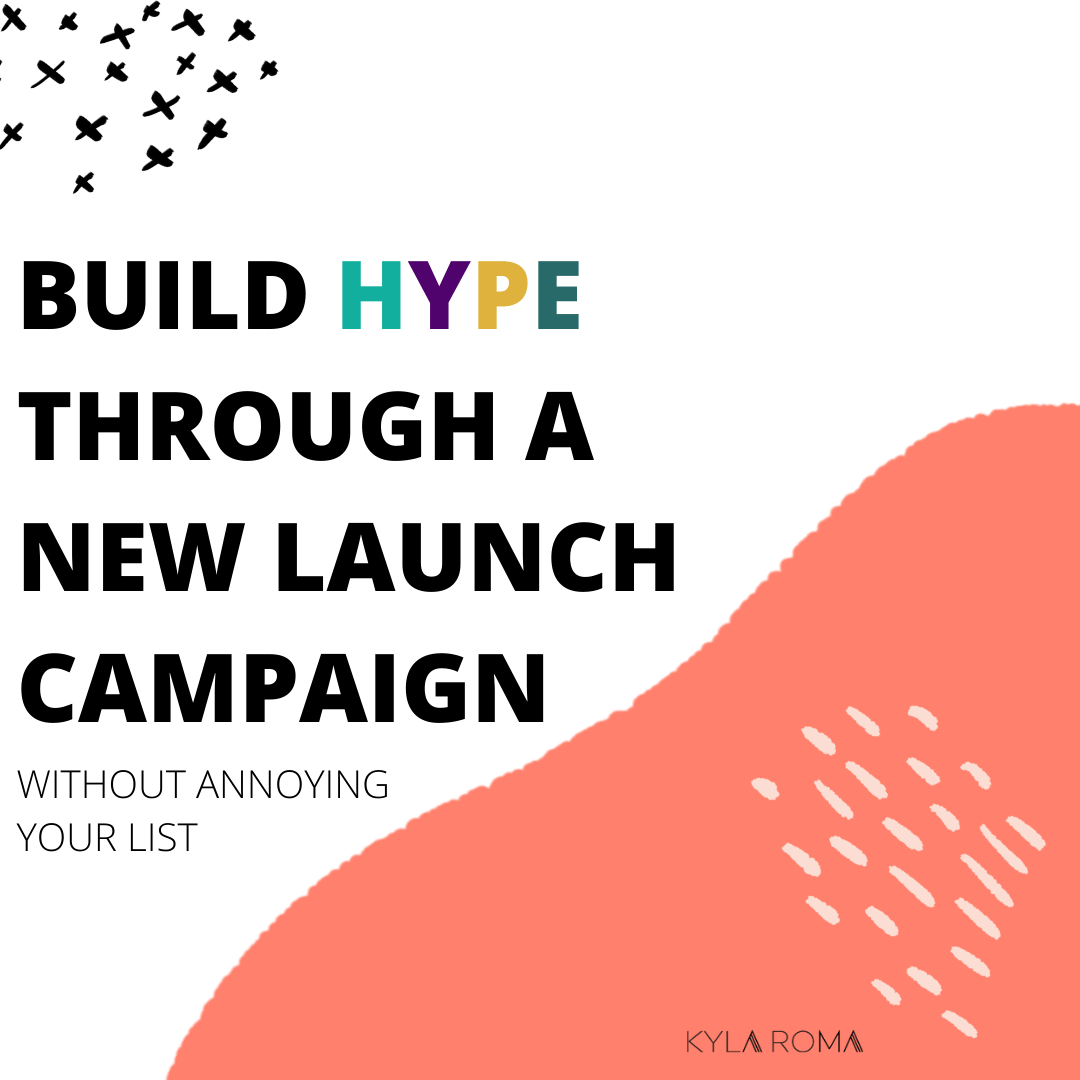
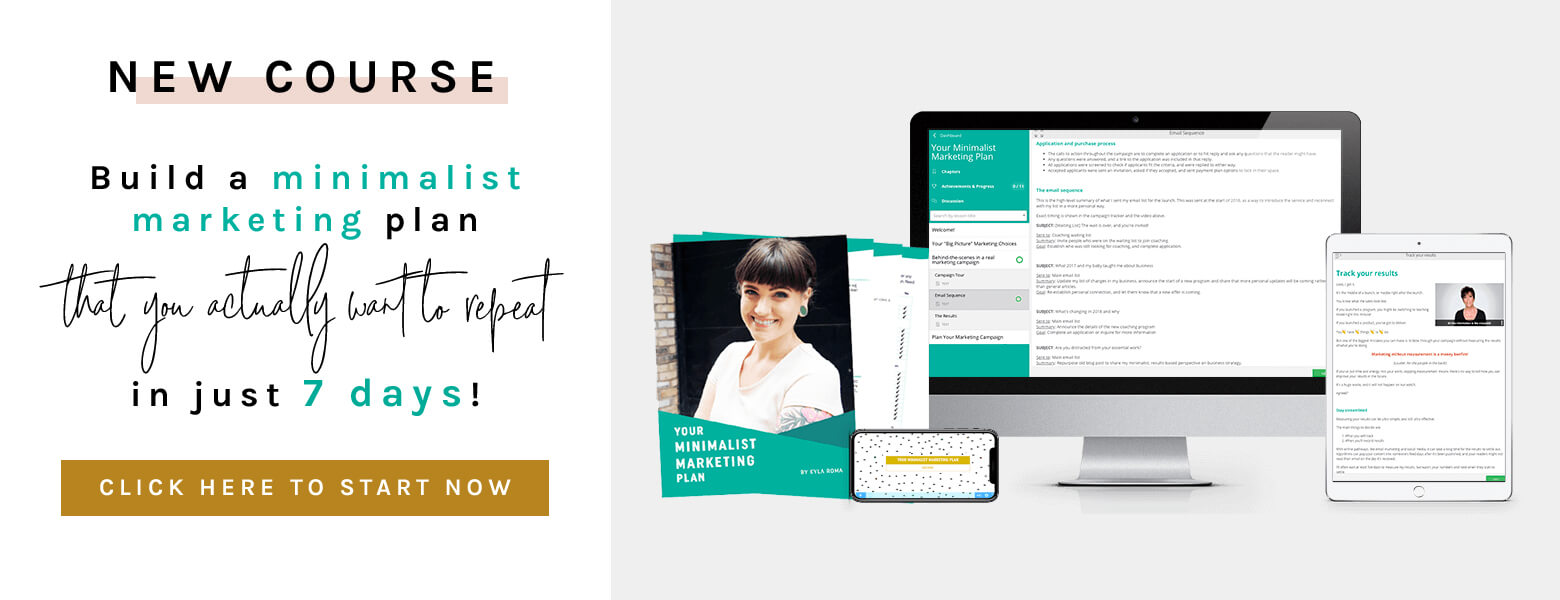
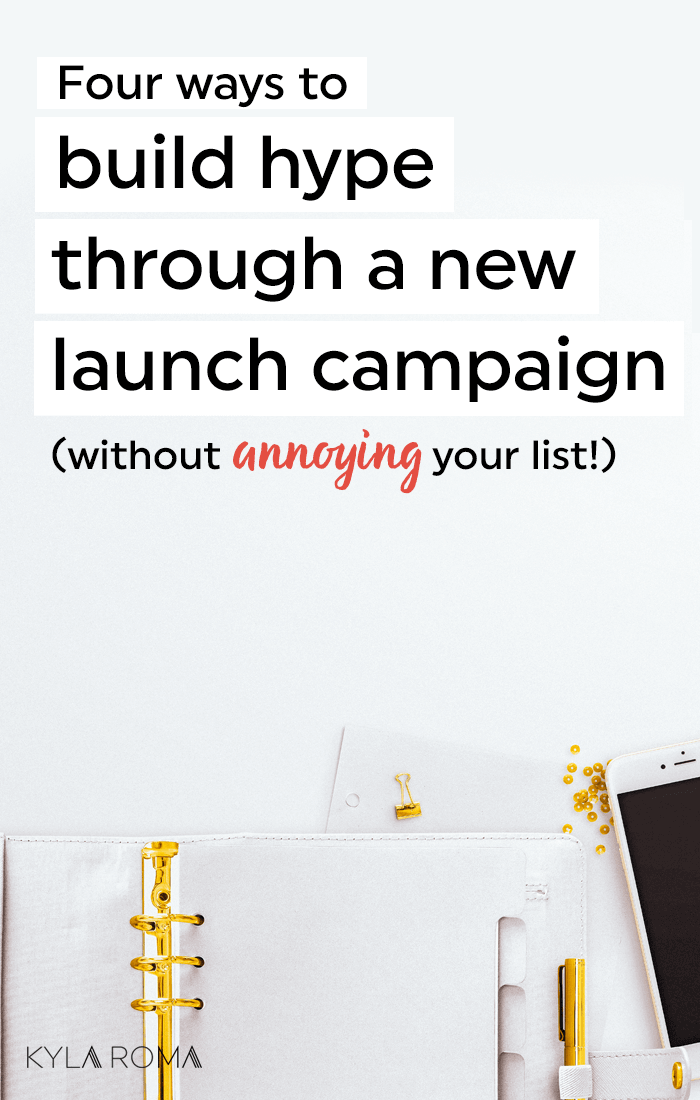
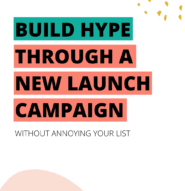
Kyla, i enjoyed reading your post i think there is a succinct difference between marketing and selling and how to create a hype that helps in both of those areas
Marketing should be marketing. Target clients should be target clients.
Dragging anything other than that into the equation ladies…alienates a large number of potential prospects, not just who you’d think.
If that’s working for you, then great. From my perspective, there’s plenty of room for telling great stories and providing value in marketing. If there wasn’t room for that, it would just be called selling, people would love being sold to and we wouldn’t have any discussions about engagement or marketing. But for most businesses, the presence of competition means that’s not good enough.
I’ve been thinking about scuzzy marketing and its ubiquity for a long time, and recently coming across content touting a new way of marketing that’s *not* manipulative and even feminist (Kelly Diels’s Feminist Marketing School, which sounds Amazing!).
Anything that highlights being fully real with your peeps about the so-called downsides of what we offer, in addition to the upsides, sounds good to me. Thanks, Kyla!
I love the sounds of Feminist Marketing School! I need to check that out – thanks for sharing your thoughts and that resource, Nat!